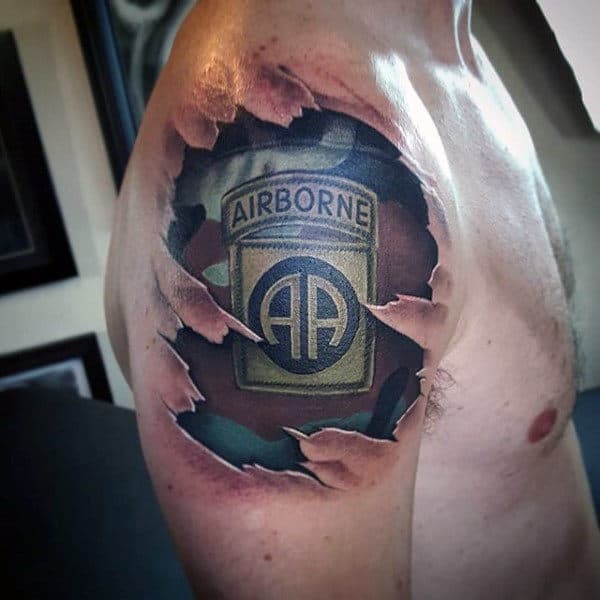Special Forces Tattoos

American sailors aboard the battleship USS New Jersey during World War II in 1944.
This Page is dedicated to: Army Capt. Died July 29, 2010 serving during Operation Enduring Freedom 28, of Burnet, Texas; assigned to the 1st Battalion, 3rd Special Forces Group (Airborne), Fort Bragg, N.C.; died July 29 at Tsagay, Afghanistan, of injuries sustained when insurgents attacked his military vehicle with an improvised explosive device. The special operators of the Special Operations Command (SOCOM) have a history of being competent military members with deep beliefs and codes of behavior and confidence in their actions. All members of SOCOM are dedicated warriors, but the Navy SEALs & SWCC, Army Special Forces, Army Special Operations Aviation, Air Force Pararescue and Combat Controllers, 75th Army Ranger Regiment,.
Now, you can safely download the Candy Crush Soda Saga app. Candy crush soda saga.
Many aren’t aware that the relationship between tattoos and our US servicemen in the 1940’s would have a lot more to do with the World War than one might think. In fact, tattoos played a huge role on both sides of enemy lines for a variety of different reasons. Below you’re going to discover some important facts about World War II tattoos, US servicemen, and why both roles have been so important. After you’ve had a chance to browse through the information provided here, you’ll have a better understanding about tattoos in general, their relationship with US servicemen, and why they’ve become somewhat of an American Heritage.
* Becoming a Real US Soldier
Before going to war in the 1940s, many individuals wouldn’t think of getting a tattoo. However, after arriving and being involved in a number of different battles, Army, Navy, Marine, and even Air Force pilots would eventually use tattoos for unit and rank recognition. In addition, they were used in order to identify that particular individual as being a real US soldier. Quite frankly, after many of the soldiers came home from battle in World War II, almost all of them would have some form of tattoo for some specific reason, and some of those reasons have to do with masculinity.
* The Mark of Masculinity
You see, just as a uniform is decorated with rank and accomplishments, a US soldier would feel that it was within their rights to create permanent marks that established who they were and what they did. Of course, this would also establish the mark of masculinity. When other soldiers would see these identifying marks, they would understand the pain, suffering, anguish, determination, commitment, and will to overcome any circumstance, in an identifying tattoo. Well, it’s important to understand that this was also true on both sides of enemy lines. When prisoners were captured, they were also marked in order to be identified in a much different way.
* Branded Prisoners Of War
Tattoos were used by the Germans in order to identify those that have been captured. Many of the tattoos used will be identifying marks from specific prisoner camps or specific types of prisoners. Many of the tattoos used would be numbers or letters. This will determine the race or nationality of an individual, and in many cases, that particular individuals rank.
The new side is great and would be better if you would let the buses drive straight thru without all the ads or charge $1.99 for no ads. Bus simulator indonesia pandawa 87. ,647000000,172,null,null,'8','Diwas Adhikary',null,null,2,null,null,null,'BLAZE',null,2,null,null,null,'used to be great until you put too many comercials. I still play the game but its not as enjoyable as before. We love your game.'
* What Do People Think Of World War II Tattoos Today
Today is not much different when it comes to tattoos and their relationship to the military. Many of the individuals in the armed forces will still use tattoos as identifying marks of rank, courage, masculinity, and stature. However, if you’ve ever had the chance of talking to past veterans about World War II tattoos, you’ll probably hear stories of camaraderie, drunken exploits, ritualistic commitments, and a number of individuals getting tattoos of scandalous pinup girls, the US Flag, and a number of versions of the American Bald Eagle.
As you can see, a World War II tattoo in the 1940’s played a huge role when it came to US servicemen. To be honest, the role of a tattoo in the US military today is not that much different. However, the next time you see someone with an older faded green tattoo of the American Flag, a not so good looking pinup girl, or the American Bald Eagle, just remember that there are a number of memories associated with that mark, and one of them is the ultimate freedom of expression.
. Extremist tattoos. According to the regulations, these are tattoos or brands 'affiliated with, depicting, or symbolizing extremist philosophies, organizations, or activities.' This would include tattoos that: feature philosophies, groups or activities that promote racial or; encourage discrimination based on numerous factors, including race, gender and religion; advocate violence or 'other unlawful means of depriving individual rights under the U.S.
Constitution, and Federal or State law.' . Indecent tattoos. These include tattoos or brands that are 'grossly offensive to modesty, decency, propriety, or professionalism.' The Army's regulations do not provide examples of tattoos that would fall under these descriptions. Sexist tattoos. These include tattoos and brands that 'advocate a philosophy that degrades or demeans a person based on gender,' according to the regulations.
Racist tattoos. Tattoos or brands that 'advocate a philosophy that degrades or demeans a person based on race, ethnicity, or national origin' are not allowed.